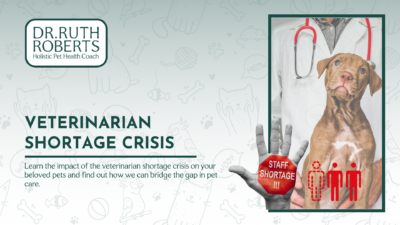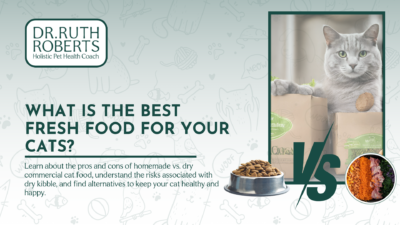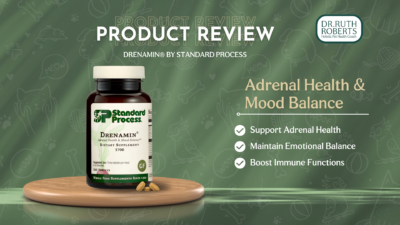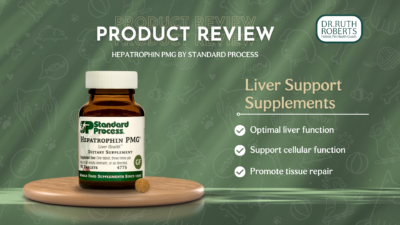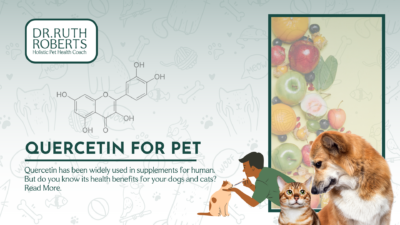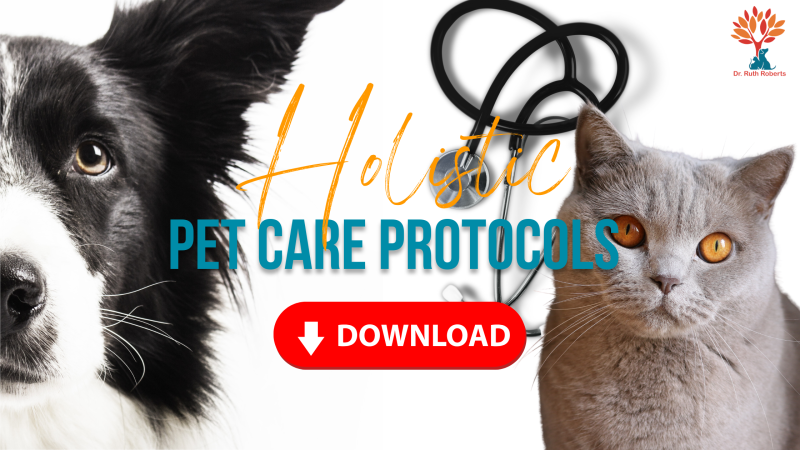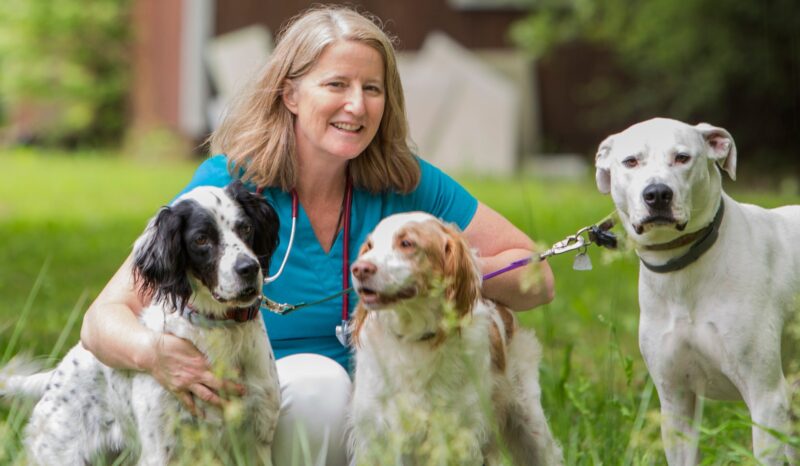# Dental Problems in Dogs to Look for When Checking Their Teeth and Gums
Dental disease that includes both teeth and gums is a painful illness that can lead to kidney and heart disease, among other things. It’s crucial to check your dog’s teeth frequently since, despite their discomfort, most dogs with dental problems continue to eat.
According to the American Veterinary Medical Association, eight out of ten dogs have dental problems over the age of three.
Although we are a dog-loving nation, no one appreciates smelling a dog’s bad breath! Unfortunately, dental problems in dogs are a rather prevalent problem, owing to a lack of dental hygiene.
What are the signs of dental problems in dogs?
One of the most common causes of tooth and gum disease in dogs is poor oral hygiene; brush your dog’s teeth daily to avoid problems.
If you discover a dental problem in your dog, contact your veterinarian for help, and get them evaluated by a veterinarian once a year.
Here are the signs you should be looking for if you suspect dog dental problems.
- Halitosis is an oral health disease characterized by foul-smelling breath as the primary symptom.
- Pain or trouble chewing on one side of the mouth,
- Loss of weight
- Plaque is forming at a faster rate.
- Gums that are red, inflamed, and bleeding
- Teeth that are wobbly, missing, or damaged
- Drooling excessively
- Preferred soft foods.
- An increase in facial edema (can indicate a tooth root abscess)
- rubbing/pawing at the mouth/face
- Saliva with bloodstains
Due to wear and tear, dental problems in dogs are widespread the older they get..
We can also consider a dog’s breed – due to the form of their mouths, and some breeds are more prone to dental disease than others.
What are the five common signs of dental problems in dogs?
So, how can you tell if your dog has dental or periodontal disease before it becomes a significant health issue?
The indicators may be subtle, but if you know what to look for, you’ll be able to detect them in time to get your dog the dental care they require.
- Halitosis. The initial (and sometimes only) sign of early periodontal disease in dogs is foul-smelling breath. While foul breath isn’t conclusive on its own, it is a clear indication that your dog needs a dental examination.
- Gums that are red, inflamed, and bleeding. Gum inflammation is another indicator of dental problems in dogs: that bacteria has infiltrated and affected your dog’s gums. If you see any of these signs, call your veterinarian right once to schedule an appointment.
- Plaque is forming at a faster rate. Dental plaques are widespread on the surface of your dog’s teeth. While they are not an indication of periodontal disease in dogs in and of themselves, they are linked to the bacterial spread and tissue damage (including bone loss). Your veterinarian can clean your teeth thoroughly to remove plaque, as well as under the gum line to remove any bacterial colonies.
- Drooling excessively. Drooling is common in dogs, especially when they are anticipating a treat. However, excessive drooling or drooling that isn’t related to food could indicate a more significant oral or periodontal problem in dogs.
- Pain or trouble chewing on one side of the mouth & weight loss. Dental problems are common causes of pain and suffering, just like in humans. Even eating a simple meal might be uncomfortable if you have a severe tooth or periodontal disease. A dog suffering from severe dental pain may have difficulties chewing, eating less, or losing weight. All of these are warning signs of dental problems in your dog, and you should see a veterinarian right away.
Can you reverse dental disease in dogs?
Periodontal disease in dogs is the most common clinical dental condition, although it is entirely preventable.
It’s a condition of the gingival tissue that develops due to plaque and calculus buildup on the teeth, significantly below the gum line. Fortunately, it is easily avoidable with proper care and regular veterinary examinations.
Periodontal disease in dogs may already be present if they are over three and have not received sufficient dental care. Periodontal infections can develop into more significant health problems, even if they don’t appear to be a big deal at first. It is reversible if it isn’t too advanced; thus, it’s critical to diagnose it early. There are four stages to this condition, each with its own set of symptoms and treatment options.
1st stage
The mouth of the pet is still primarily healthy at this point. On the other hand, plaque is slowly accumulating even though it is not yet visible.
If no calculus has formed at this point, it is reversible. Daily usage of Pet Dental Water Additive will do the trick after a thorough cleaning of all accumulated plaque.
2nd stage
Once it reaches the level of mild gingivitis, you’ll notice more visible inflammation, edema, and sensitivity in your gums.
The red line on the pet’s gum will most likely be more significant and more visible at this point. This is an important issue because, in addition to causing pain to the pet, it can also disrupt its immune system, leading to infections.
Unfortunately, once a dog’s periodontal disease has progressed to this point, it cannot be treated at home.
The pet’s owner will almost certainly need to schedule an appointment with a veterinarian specializing in animal dental care.
3rd stage
Most pet owners are only aware of the periodontal disease in dogs once it has progressed to this level. The third stage of periodontal illness means gingivitis has advanced to periodontitis. The gums are inflamed and swollen, and they bleed readily.
Foul odors will become more evident the longer the condition is left untreated.
There is evidence that germs that start in the mouth can harm the kidneys, liver, and heart, in addition to causing discomfort and distress to the pet. Periodontal disease in dogs is treatable at this stage with professional dental care and careful home maintenance.
4th stage
Severe inflammation, gum recession, deep periodontal pockets, bone loss, tooth movement, and profuse bleeding are all present at this phase. Unfortunately, at this moment, severe and irreversible harm has already happened.
Medical treatment, which may include extractions, will indeed be required. If a pet’s disease has progressed to this degree, a veterinarian must examine it as soon as possible.
Reference: https://pethealth.oxyfresh.com/pet-health/4-stages-of-periodontal-disease-in-pets/
How can I treat my dog’s gum disease at home?
Your veterinarian or dentist will most likely recommend home dog gum disease treatment. This will include cleaning and rinsing your teeth regularly. Depending on your dog’s condition, your veterinarian may recommend special toothpaste, gels, or formulations. Plaque is removed from teeth by chewing on sweets and toys.
So the best thing to do as far as dental care for your pets is brushing their teeth. And I would be lying if I told you that I do that for all seven of our guys. We’ve got some older dogs; everybody’s older. So we try to give them things that are going to help scale their teeth just by chewing. Such things like carrots, big chunks of carrots that you know, got a couple of inches in diameter there, so they have to see on it. So raw bones are suitable for younger dogs.
You want to get marrow bones that are large enough for them to chew but not swallow. That is a legitimate cause for concern. Raw bones are more brittle than cooked bones. And, if your dog is seven, eight, nine, or ten years old and has never chewed bones before, it’s probably not a good idea because their teeth are already deteriorating.
They have the potential to break teeth, which can be pretty uncomfortable and painful. So that isn’t so great. Chicken gizzards are excellent for dogs and cats of tiny breeds. Learn more Pet health tips from Dr. Ruth Roberts when you sign up to Ipets Ally Ultimate.
What dog breeds have the worst teeth?
The way a dog’s mouth develops is heavily influenced by genetics, implying the difference between a routine plaque buildup and severe tooth and gum problems. Small and toy breeds have a more difficult time fitting all 42 teeth into their tiny jaws.
- #1 Dachshund.
- #2 Yorkshire Terrier. …
- #4 Maltese. …
- #5 Collie. …
- #6 Lhasa Apso. …
- #7 English Bulldog. …
- #8 Cavalier King Charles Spaniel. …
- #9 Pug.
- #10 Chihuahua
Dental procedures for dogs and cats are scary because it does require general anesthesia. So start early. Yeah, it’s expensive. But if things are not good, you are going to save your pets. So much pain and provide them help–help them keep their teeth and keep them healthier.
Help your pets stay healthy and happy by giving them all-natural supplements.




